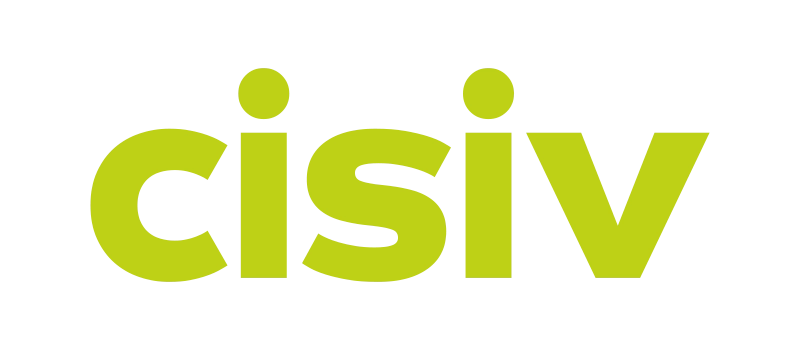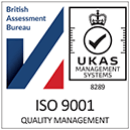Real-world evidence (RWE) is increasingly being used within the regulatory and reimbursement process. RWE studies allow for a clearer understanding of effectiveness and safety in a real-world environment (1). Patient reported outcomes measures (PROs) are standardised instruments used to better understand variables, such as symptom status, physical function, mental health, social function and the wellbeing for a patient or carer. These have been primarily developed to aid clinicians understanding of the effect of a disease and its treatment on patients’ daily lives (2). Importantly, these reports of quality of life are directly from patients with no input from healthcare professionals.
The utilisation of PROs, within RWE can enable value information on the effectiveness, tolerability and the safety of drugs from a patient perspective. They are a unique perspective that can complement traditional clinical focused perspectives (1).
We can categorise PROs into 5 types: health related quality of life, functional status, symptoms and symptom burden, health behaviours and patient experience (3). The use of the type of PRO for an RWE study would be determined based on the research question the study is trying to address.
The use of PROs is commonly used in the following real-world studies: Post approval safety studies (PASS), prospective observational studies and non-interventional studies (NIS). PROs can be utilised to identify delayed adverse events, provide evidence of differentiation in the market and strengthen a products value proposition.
Traditionally, PRO data collection utilised paper-based workflows, however technological advances and a need to enhance patient engagement has allowed for the integration of technology solutions (4). However, electronic patient reported outcomes (ePROs) come with their own advantages and challenges. ePROs allow for patients to input their responses digitally using web, tablet or smartphone app (5). This flexibility ensure that patients’ lives are not interrupted during real-world data collection. This is further enabled with the ability to set auto-reminders and allow for distribution across patients prior to visits.
The use of ePRO is not a silver bullet – issues around patient portal enrolment can still have an impact on the data collected. The use of a good technological solution is needed to ensure that the complex interplay of technology, workflow and human factors is appropriately addressed (4).
Cisiv offers a patient app that is compatible with both IOS and Android, which can enable virtually any PRO and eDiary. The integrated platform reduces technology costs and improves operational efficiency. It has a single point of design for both site and data collection, with all data stored in a single database controlled by role-based access. The data can be shared between sites and patients, and it is HIPAA GDPR and 21 CFR Part 11 compliant.
Cisiv’s Baseline Plus is a fully integrated platform with high flexibility, built for the purpose of collecting real-world data, and supports lean and efficient methodology. The digital platform embeds robotic process automation to reduce manual tasks, its analytics capability supports risk-based monitoring and increases data quality while reducing the burden to sites and patients. It is the only platform designed from the ground up for real world studies, with an intuitive UI which responds to the challenges of real-world data entry. Cisiv has over 15 years of experience working with Pharma to design, set up and execute studies to obtain real-world data.
If you found this article engaging, and would be interested in hearing more about how we can help you design a real-world study to meet your research needs, reach out to the Cisiv team at info@cisiv.com.
2 – Patient reported outcome measures in practice | The BMJ


